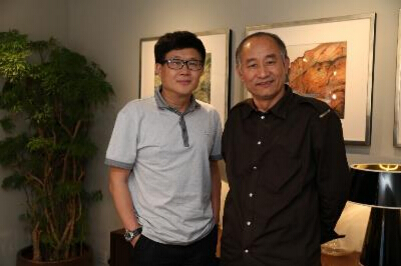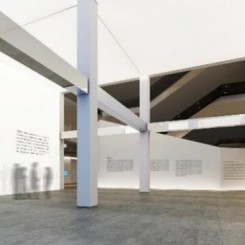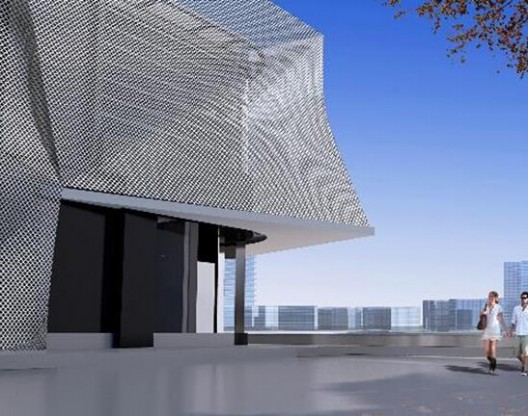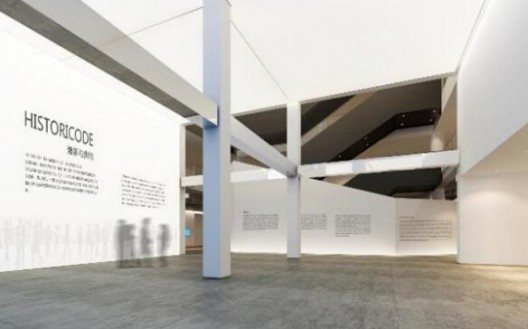[Press release]
(14 July, 2016) Nanjing, China: Nanjing International Art Festival (NJIAF) is delighted to announce the theme “HISTORICODE: Scarcity and Supply” for this year’s edition. The 2016- 17 festival, the third annual edition, is devised by chief-curator Lu Peng, and co-curated by Letizia Ragaglia, Director of MUSEION, the Museum of Modern and Contemporary Art of Bolzano in South Tyrol, Italy. The festival will bring together over 800 works from 400 artists, and will take place over a three month period in Nanjing, the capital of Jiangsu province in China.
The programme will be supported by an international curatorial committee which include; Heidi Ballet (Belgium), Du Xiyun (China), Fu Xiaodong (China), Katie Geha (USA), Gu Chengfeng (China), He Guiyan (China), Lee Janguk (South Korea), Carol Yinghua Lu (China) and Nathalie Boseul Shin (South Korea).

(Left to right) Lu Peng, Chief-curator and Yan Lugen, Chairman of the Nanjing International Art Festival and Founder of the Baijia Lake International Culture Investment Group.
The festival will take place in the Baijia Lake Museum, a new repurposed four story commercial building. The transformation will create a museum, which includes exhibition space, a research centre and storage over the 20,000 square-metre space.
Yan Lugen, Chairman of the Nanjing International Art Festival and Founder of the Baijia Lake International Culture Investment Group commented: “Nanjing is a city full of history, and it is starting to develop its cultural voice. We have a population of over 8 million and we are seeing a growing appetite for the arts. We are delighted to build on the success of our previous editions, both of which received encouraging visitor figures. I have great faith in our curators to deliver a festival which Nanjing can be proud of. The new Baijia Lake Museum will provide a beautiful setting for the festival. The museum will anchor our cultural developments. ”
On explaining the theme of the festival, Lu Peng, chief-curator said: “Today we live in a globalised world, where everything is influenced by the economy. Perhaps it is no longer applicable to discuss the spirituality of art in today’s context, nor even to explore humanism and knowledge, both of which have been anchors of civilisation since the Renaissance. This exhibition explores the values and vision which are crucial to the development of the human race. The deliberate use of economic terms such as ‘scarcity’ and ‘supply’ seek to highlight existing problems in our society and to find ways to solve them.”
Letizia Ragaglia, co-curator, added: ““HISTORICODE: Scarcity and Supply” deliberately focuses on artistic production from 1990 onwards. 1990 represents an important break in recent history, at which point so-called globalisation began to introduce a number of important questions regarding the concept of “contemporary” that have altered its perception from that of a unidirectional vector extending towards the future, to something of a much larger and more widespread dimension. According to the Italian philosopher Giorgio Agamben, being contemporary means splitting up time and inserting breaks that make it readable. To define the contemporary we have to compare it to the past. Reflecting on this issue in an ancient capital of the Chinese Empire poses a fascinating challenge. ”
This year’s festival builds on the success of the previous two editions held at the Nanjing International Conference Center, which both received over 200,000 visitors.
The timing of the festival has been intentionally planned to follow a remarkable series of art openings in Shanghai.
Further details of the programme, exhibiting works and artists will be announced later in the year.



